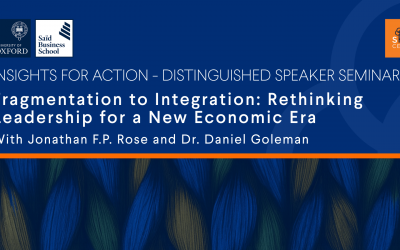Leading up to the Westchester Buddhist Center’s sixth annual retreat at the Garrison Institute on February 16-23, 2018, Derek Kolleeny discusses the Four Foundations of Mindfulness. This is part one of a two-part series.
The Four Foundations of Mindfulness (FFM) are a system of contemplation presented by Siddhartha Gautama—known more commonly as the Buddha Shakyamuni—to his students in the year 500 BCE (or thereabouts). FFM are domains or objects towards which one applies mindfulness. Traditionally, the four domains are body, feelings, mind, and dharmas (meaning, in this case, the core teachings of the Buddha, rather than all phenomena, as it is sometimes used). This system was presented in three sutras that contain similar, though slightly different, versions of the same scheme. The most common text associated with FFM is the Satipatthana Sutta. (Sutta is the Pali term, while sutra is the Sanskrit term; since the latter is more common I will use sutra when referring to this text.)
Notably, in this sutra, the Buddha clearly states that FFM is the one and only way to achieve liberation. That statement certainly caught my attention when I first read it some forty years ago! However, while there are numerous books on this sutra and the system of meditation presented in it, there is little discussion of how one can realistically practice it.
The purpose of the FFM system is the achievement of enlightenment through active engagement in the Four Noble Truths—that is, to thoroughly recognize suffering, to understand its causation, to taste its cessation, and to show one the efficacy of the path such that one sets out upon it. The strategy for accomplishing this is to reverse one’s fixation upon what are traditionally called the four wrong views: 1) that the body is pure (in the sense of being something divine); 2) that feelings are the home of bliss or genuine happiness; 3) that the mind is unchanging and a stable, reliable reference point; and 4) that dharmas—the phenomena we experience moment by moment—are real and exist as they appear, especially the self.
In support of the strategy to correct these wrong views, the development of three specific qualities of mind are essential: 1) ardency (or intensity), 2) clear comprehension (bare knowing or awareness) and 3) mindfulness (focused attention). One accomplishes this reversal by objectively contemplating one’s being with the lucidity achieved through mindfulness practice.
However, when we look at the actual sutra, within these four domains, the Buddha presents literally dozens of possible objects upon which to focus in support of this purpose. When explaining how to contemplate the body, the Buddha presents no less than seven groups of objects of contemplation, each of which has a number of subcomponents, altogether totaling perhaps some 50 or more objects. While the objects of contemplation of feelings and mind—the second and third foundations of mindfulness—are simpler than the body, the fourth foundation, dharmas, is equally complex as consists of numerous multi-part categories for contemplation.
Given this situation, the obvious question is, how does one actually practice the development of the FFM? How is this practice done today and how does that compare to what is presented in the actual Satipatthana Sutta?
It seems to me that most teachers and students today practice the FFM through the practice of only three of those many objects: 1) mindfulness of the breath (as short, long, in/out, and so on), 2) mindfulness of body posture in the form of detailed scanning of the body, and 3) the application of clear comprehension to whatever one is doing (i.e. present-oriented awareness). Usually the former is done in formal sitting practice and the latter during the rest of the day, but sometimes the latter is the main practice. As far as I know, very few practitioners actually practice mindfulness with more than these objects.
Although this is not spoken about much, but rather implied, it seems that the other three of the four foundations (feelings, mind, and dharmas) are incorporated into the practice of mindfulness of the body using the breath. The idea behind this seems to be that one organically ends up including them as one’s practice deepens. That is, as one practices mindfulness of breathing, gradually one’s practice expands such that whatever feelings, mental states, and dharmas one experiences are met with mindfulness and clear comprehension, so they are not done necessarily as separate practices.
As one progresses in the practice, the exclusive focus on the breath—as a coarse physical experience or object of the mind—diminishes and one expands one’s meditation naturally from the breath to one’s sensory awareness capabilities, to the emotions, and then to the experience of mind and its contents. As one settles body, speech, and mind through the practice of contemplating the breath, the breath as the main object decreases and one gradually expands one’s focus to include everything experienced.
So even though we say that the FFM are the key practice of Buddhism, I don’t know of any traditions, teachers, or communities today that practice all four in the way that the Buddha explained them. Their practice is accessed through the medium of the breath as the primary object and, secondarily, mindfulness and awareness of whatever is happening. There is no overt, specific effort to practice the many subdivisions of mindfulness of body, feelings, mind, or dharmas; rather, they unfold organically.
In part two of this series, I will explore the unique presentation FFM as they were taught by Chögyam Trungpa Rinpoche.
Derek Kolleeny became a student of Trungpa Rinpoche in 1976. He earned a B.A. in Buddhism from Harvard College and teaches at the Westchester Buddhist Center and Rime Shedra NYC.



